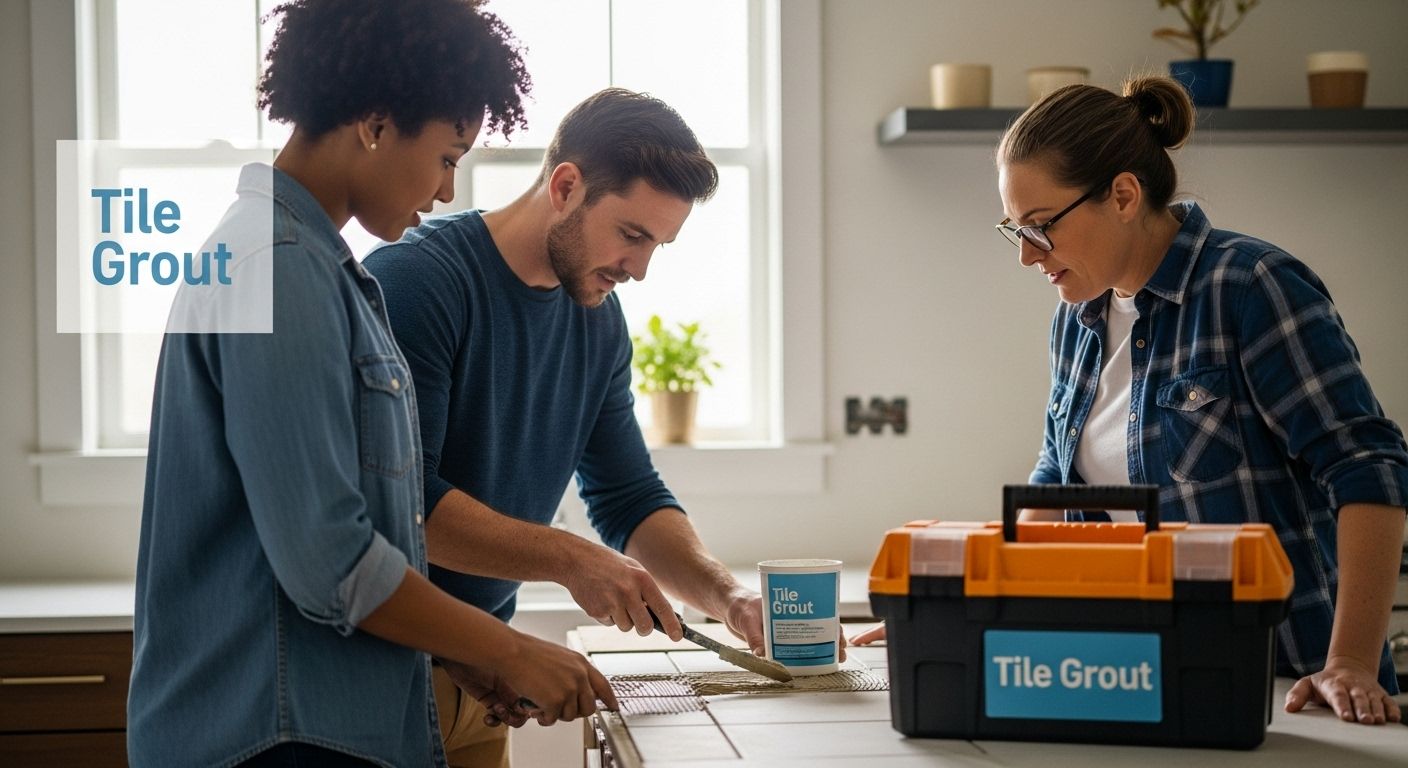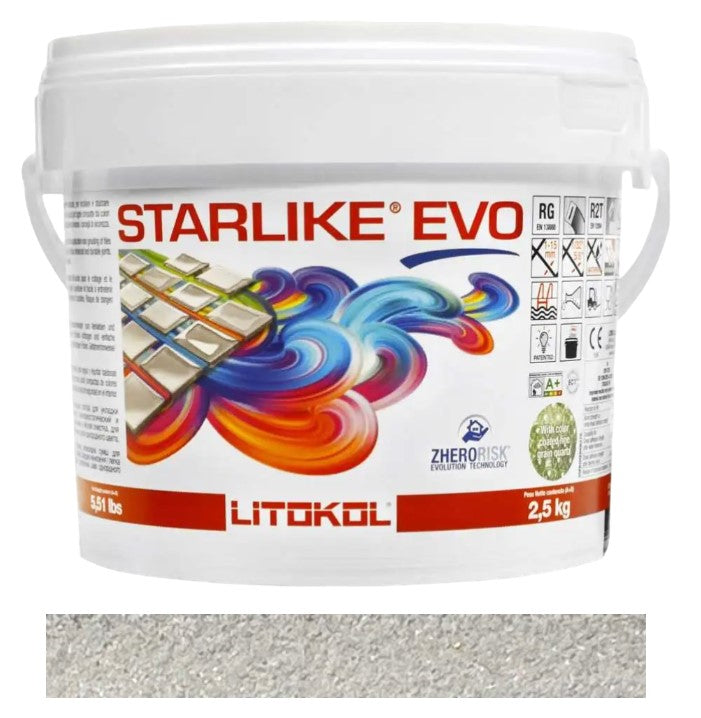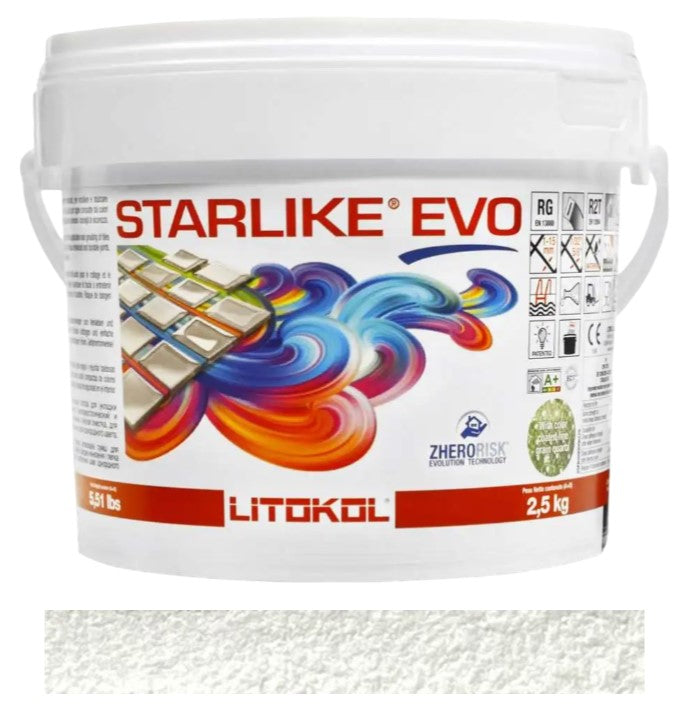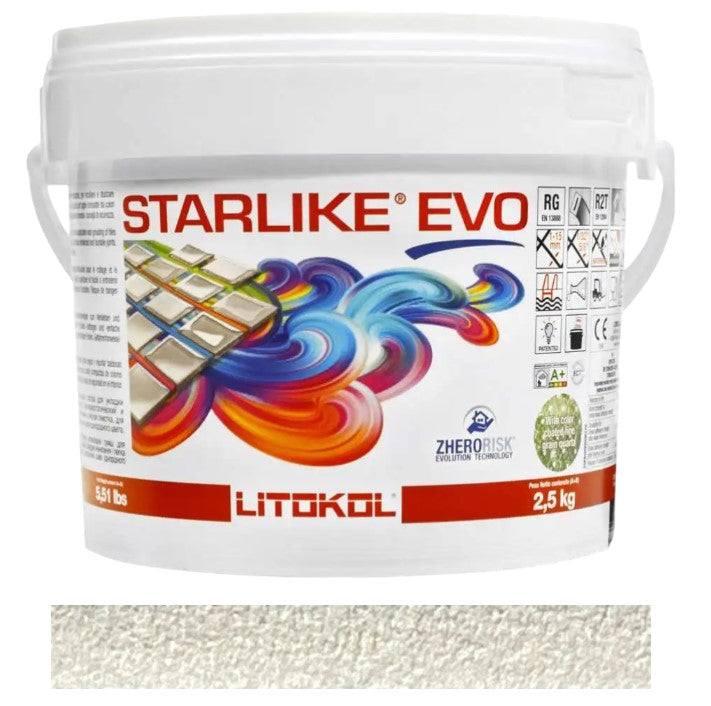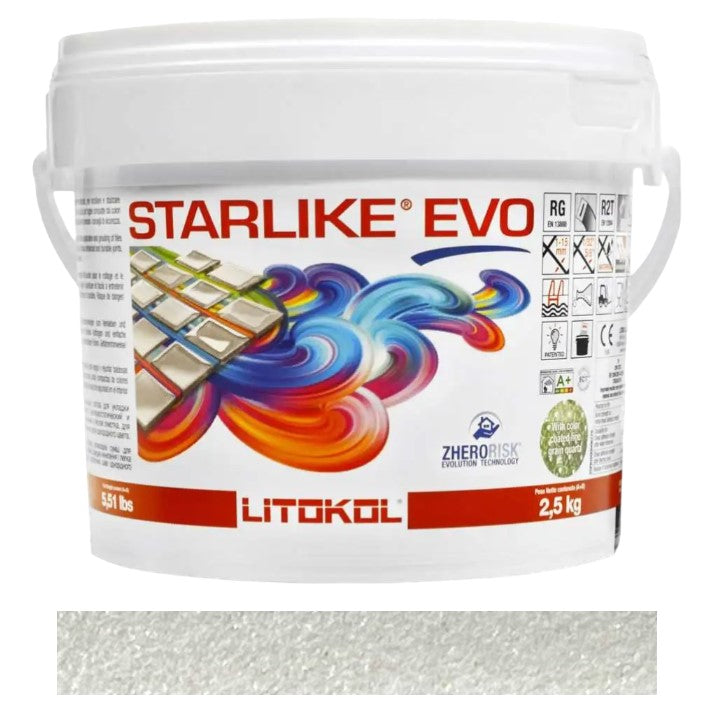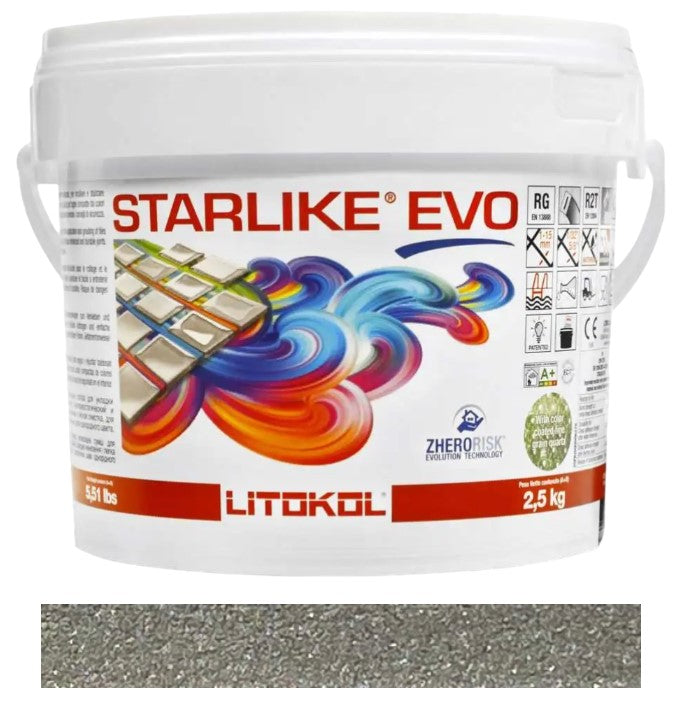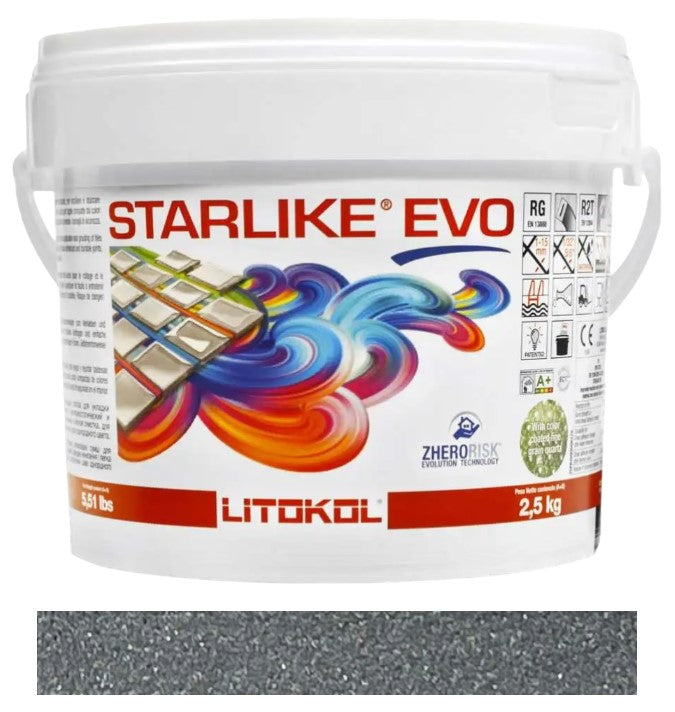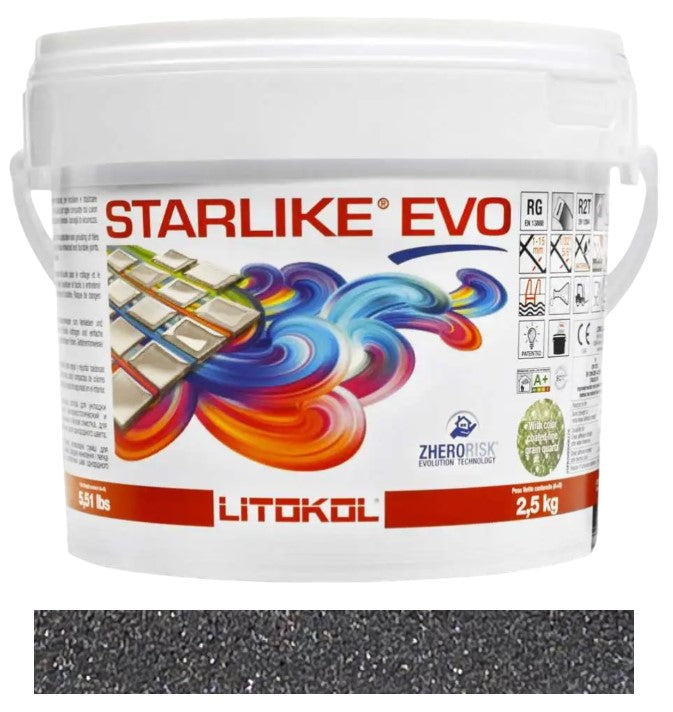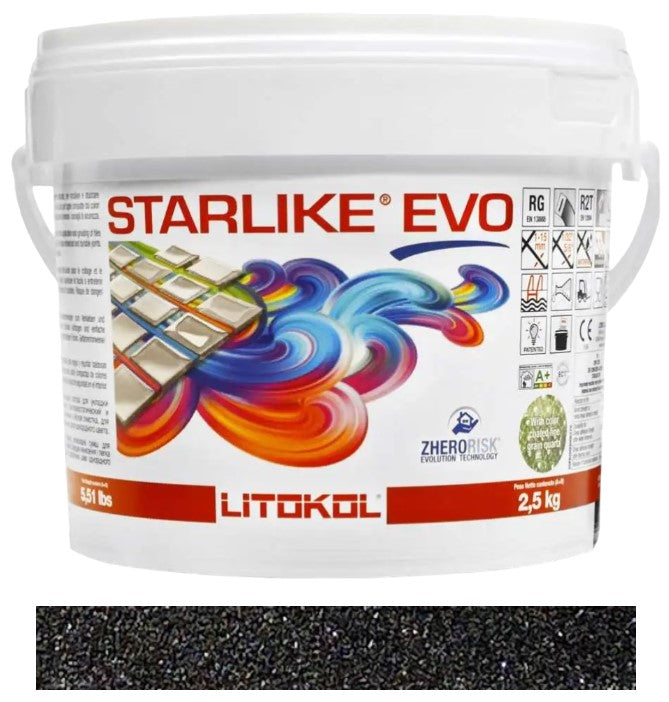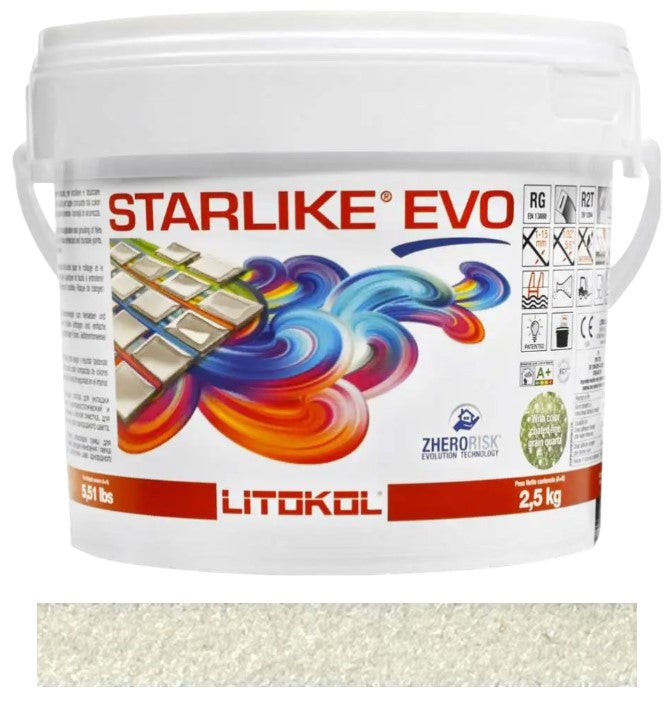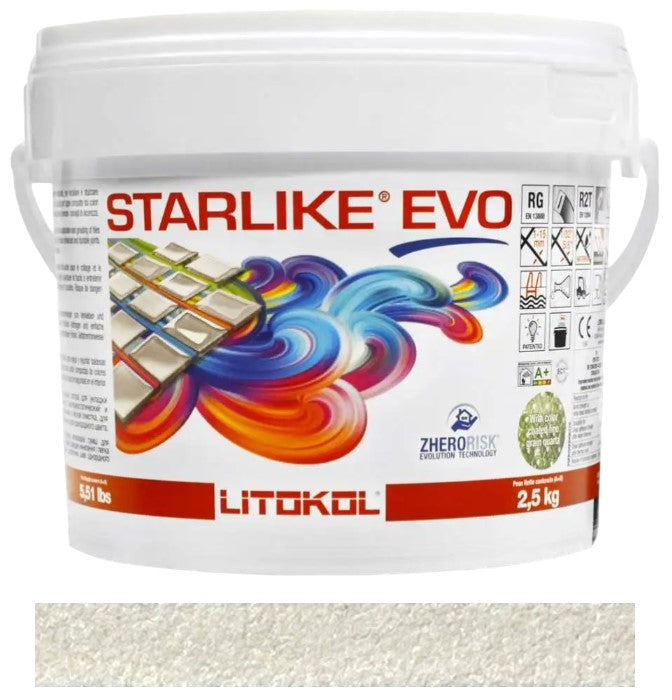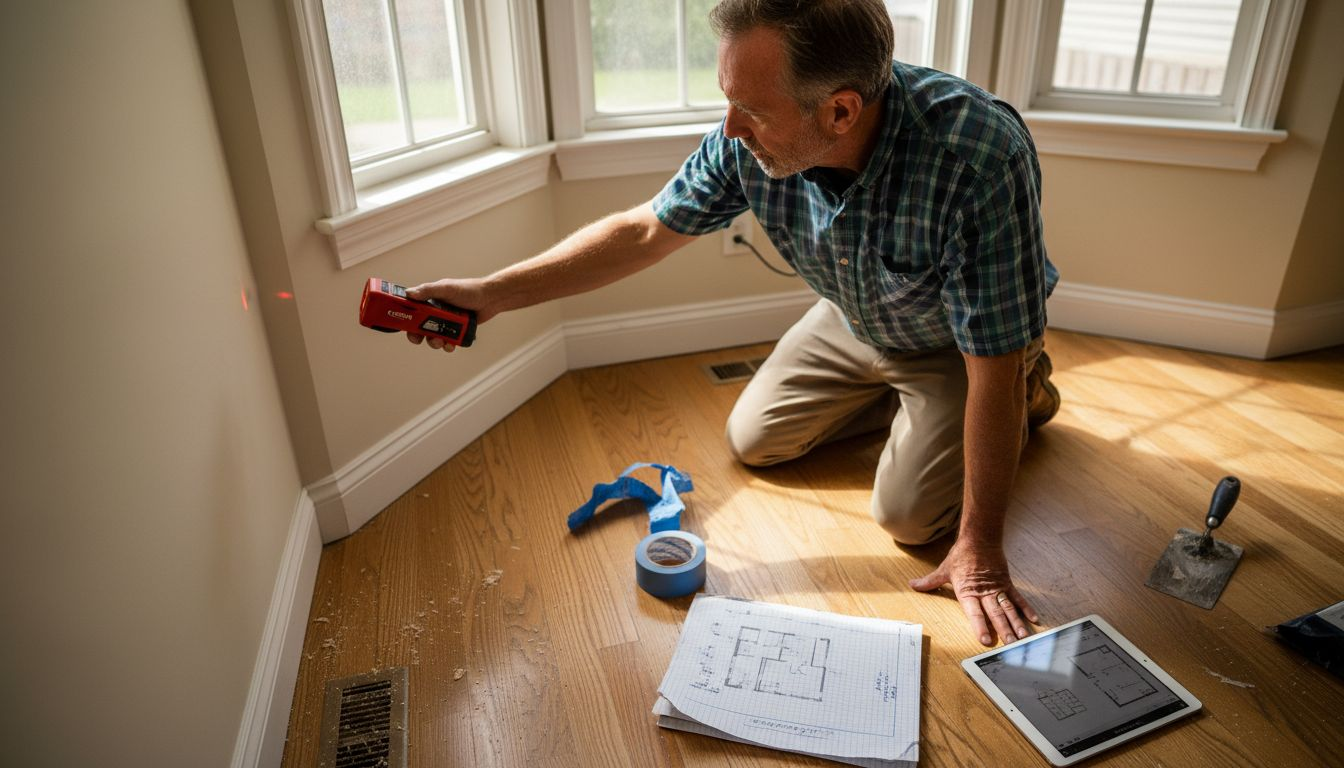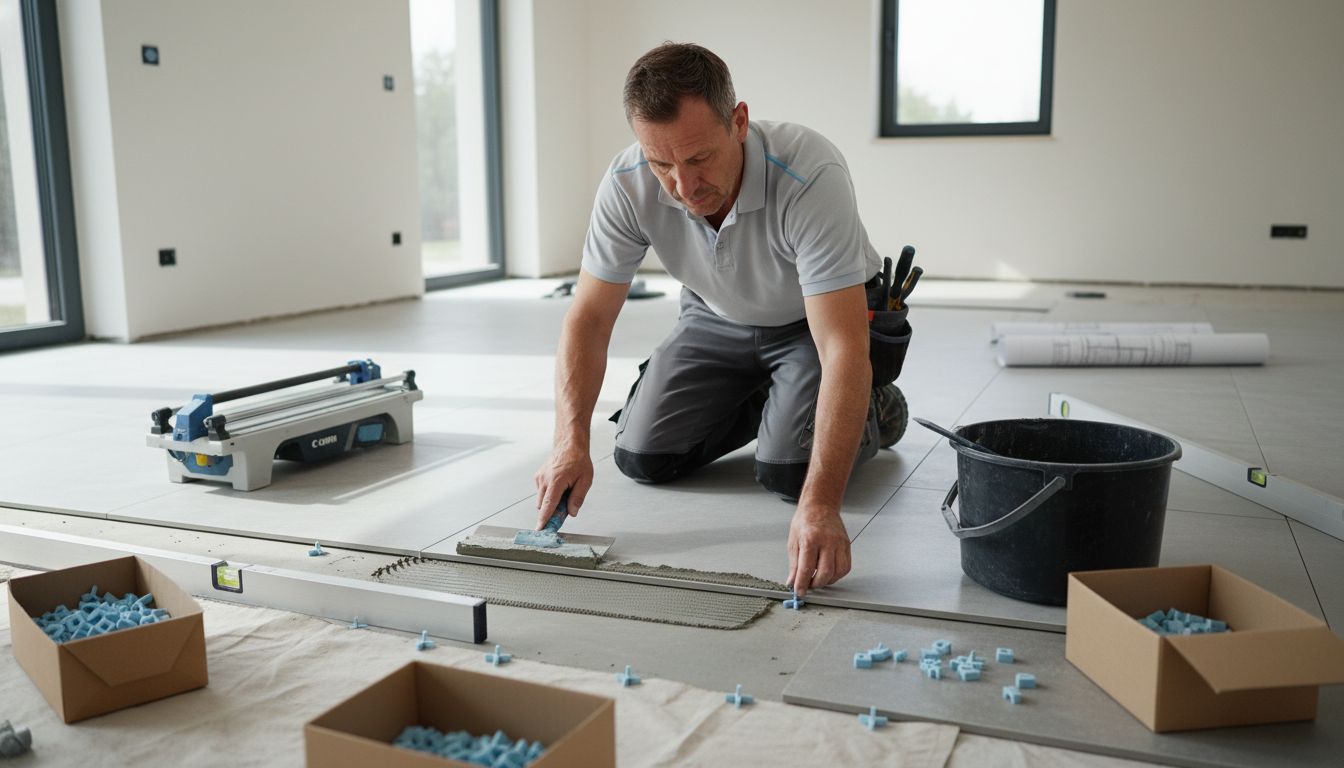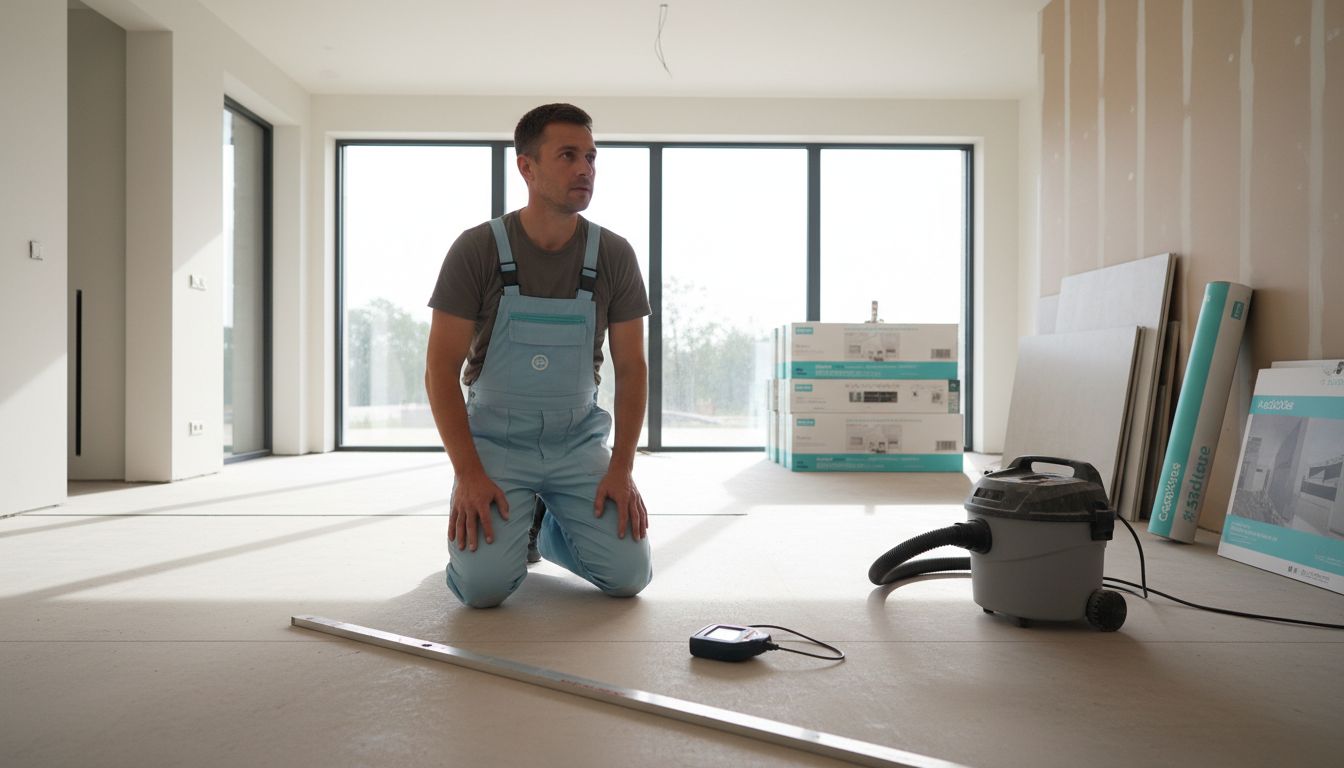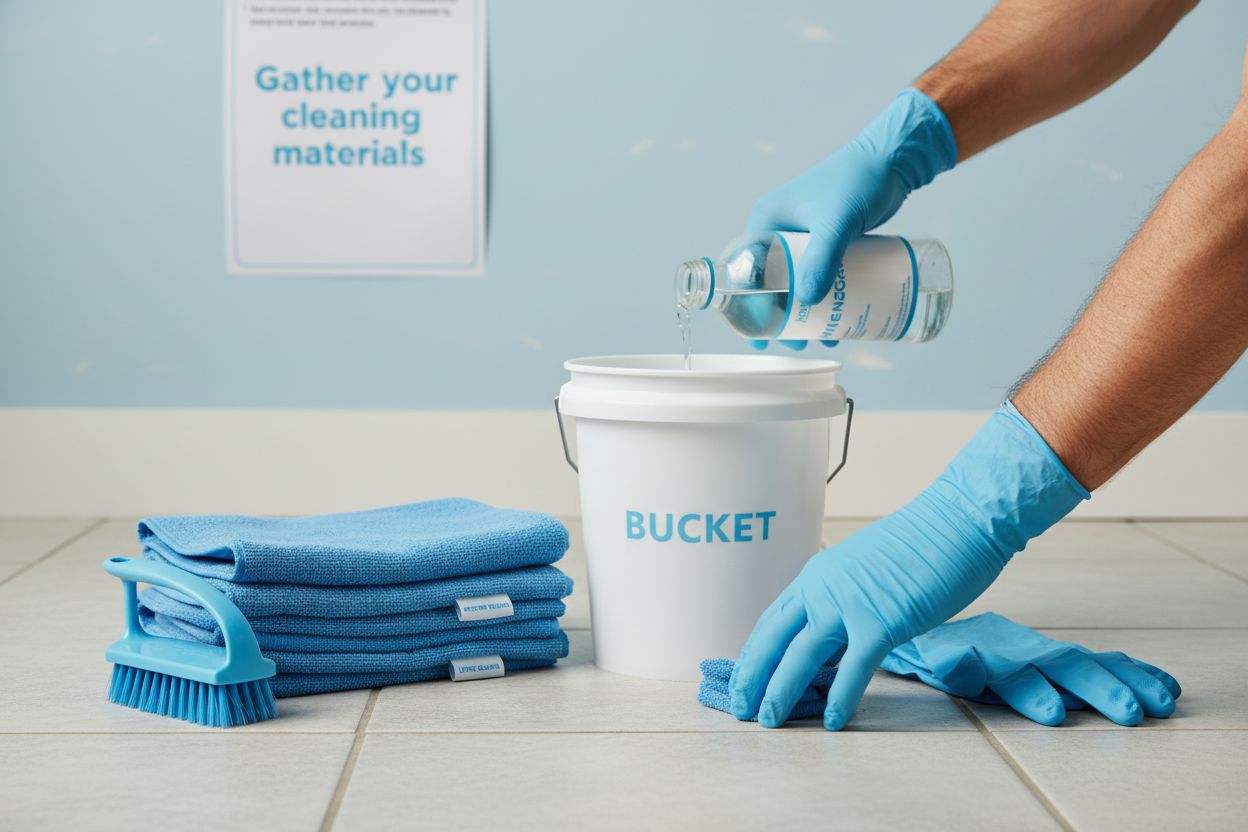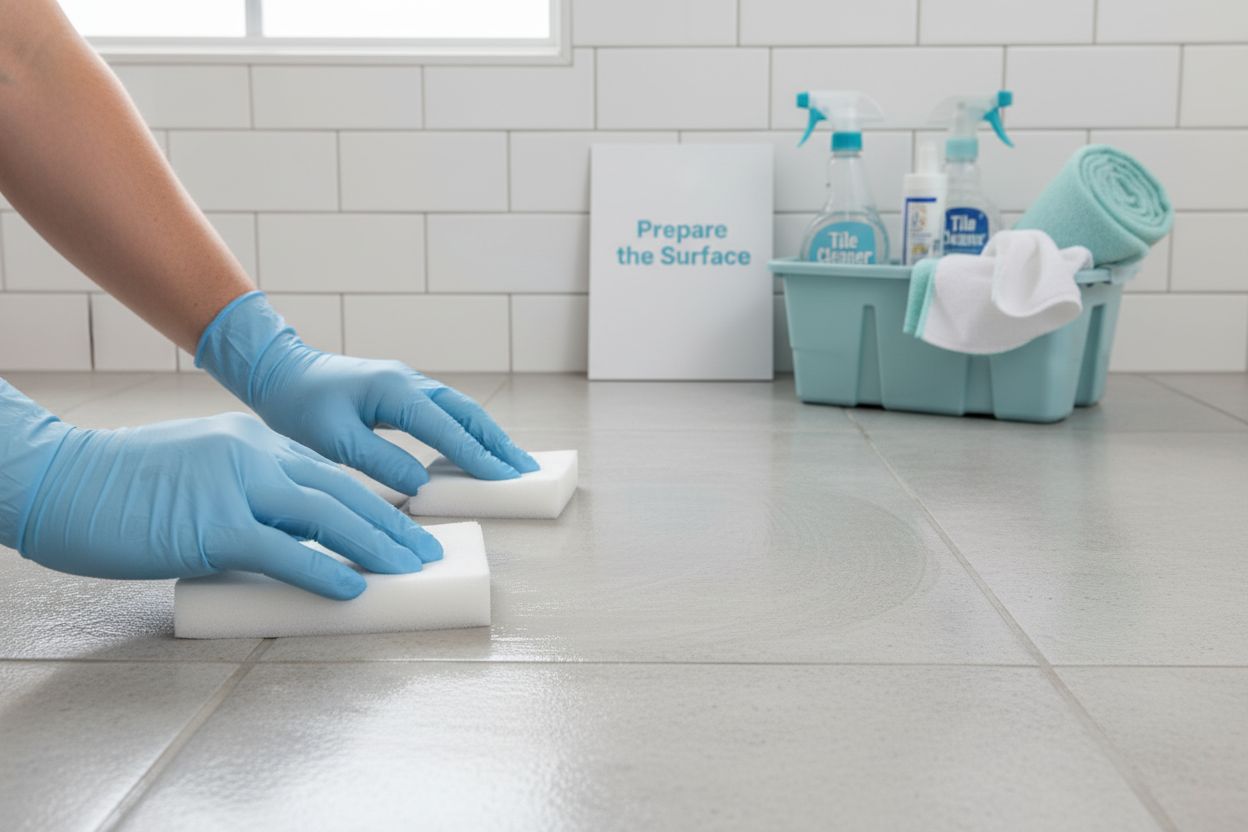Tile grout does more than just sit between your tiles. Grout actually keeps moisture out and holds entire installations together, which can prevent expensive water damage and structural issues. Most people think of it as a simple filler, nothing more. In reality, the right grout can be the difference between a good-looking floor and tiles that last for decades.

Table of Contents
- Defining Tile Grout: What Is It And What Is It Made Of?
- The Importance Of Tile Grout In Home Renovations
- How Tile Grout Works: Filling, Sealing, And Supporting
- Types Of Tile Grout: Exploring Different Options And Their Uses
- Real-World Applications: Where And Why To Use Tile Grout
Quick Summary
| Takeaway | Explanation |
|---|---|
| Tile grout enhances structural integrity. | Properly applied grout creates a seamless seal that protects against moisture and stabilizes tile placement. |
| Choose grout based on application environment. | Selecting the right grout type ensures optimal performance across various settings, from residential kitchens to industrial spaces. |
| Grout affects aesthetic appeal significantly. | Grout color and style can complement or contrast with tiles, enhancing the overall look of a space. |
| Diverse grout types cater to specific needs. | Options like epoxy, urethane, and acrylic grouts are designed for different conditions, offering unique benefits for projects. |
| Professional application maximizes grout effectiveness. | Proper selection and application of grout can dramatically improve the longevity and performance of tiled surfaces over time. |
Defining Tile Grout: What Is It and What Is It Made Of?
Tile grout is a critical construction material used to fill the gaps between tiles, creating a sealed, uniform surface that enhances both the aesthetic and functional aspects of tile installations. Unlike adhesive which bonds tiles to surfaces, grout serves multiple essential purposes in tile projects across residential and commercial spaces.
The Fundamental Composition of Tile Grout
Tile grout is fundamentally a cement-based mixture composed of several key ingredients that determine its performance and durability. The primary components typically include:
- Portland cement
- Fine sand
- Water
- Pigments for color variation
- Chemical additives for enhanced properties
These ingredients combine to create a paste-like substance that hardens after application, filling tile joints and preventing moisture, debris, and potential structural issues from compromising the tiled surface.
Types and Variations of Grout
While traditional cement-based grout remains popular, modern tile installations offer multiple grout variations tailored to specific project requirements. Homeowners and contractors can choose from:
- Cement-based grout (traditional)
- Epoxy grout (highly durable)
- Furan grout (chemical-resistant)
- Urethane grout (flexible)
- Acrylic grout (quick-drying)
Each grout type offers unique characteristics suitable for different environments such as bathrooms, kitchens, commercial floors, and exterior applications. The selection depends on factors like moisture exposure, traffic intensity, chemical resistance, and aesthetic preferences.
To help you compare the key types of tile grout discussed above, the following table highlights the unique characteristics and best uses for each option.
| Grout Type | Key Features | Ideal Applications |
|---|---|---|
| Cement-Based | Traditional, cost-effective | General residential and low-moisture |
| Epoxy | Highly durable, chemical-resistant | High-moisture, commercial, pools |
| Furan | Extremely chemical-resistant | Industrial, labs, harsh environments |
| Urethane | Flexible, stain-resistant | Areas prone to movement, easy maintenance |
| Acrylic | Quick-drying, easy to work with | Fast projects, residential repairs |
Understanding tile grout goes beyond simple gap filling. It represents a sophisticated engineering solution that protects tile installations, prevents water penetration, stabilizes tile placement, and contributes significantly to the overall visual harmony of tiled surfaces. Proper grout selection and application can mean the difference between a mediocre tile project and a professional, long-lasting installation.
The Importance of Tile Grout in Home Renovations
Tile grout is far more than a cosmetic filler between ceramic and stone tiles. It represents a critical protective element in home renovation projects that safeguards structural integrity, prevents moisture damage, and contributes to the overall aesthetic and functional performance of tiled surfaces.
Structural Protection and Moisture Barrier
In home renovations, grout serves as a fundamental defense mechanism against potential structural vulnerabilities. When properly applied, grout creates a seamless seal between tiles that blocks water infiltration, prevents debris accumulation, and stabilizes tile placement. Moisture penetration can lead to significant damage, including:
- Subfloor deterioration
- Mold and mildew growth
- Structural wood rot
- Tile displacement
- Potential foundation issues
By acting as a robust barrier, grout protects underlying surfaces from environmental stressors and potential long-term structural compromises. Learn more about tile installation techniques that maximize protection and durability.

Aesthetic and Performance Considerations
Beyond its protective qualities, grout plays a substantial role in the visual composition of tiled spaces. Homeowners can select grout colors and styles that complement or contrast with tile designs, creating unique visual statements. The right grout selection can transform a basic tile installation into a sophisticated design element.
Performance characteristics vary significantly across different grout types. Epoxy grouts offer superior chemical resistance and durability, while cement-based grouts provide traditional aesthetics and cost-effectiveness. Professionals recommend evaluating environmental conditions, traffic patterns, and maintenance requirements when selecting grout for specific renovation projects.
Ultimately, tile grout represents an essential investment in home renovation. Its role extends far beyond simple gap filling, functioning as a critical component that ensures tile installations remain beautiful, functional, and structurally sound for years to come. Thoughtful grout selection and professional application can dramatically enhance the longevity and performance of tiled surfaces in kitchens, bathrooms, and other high-traffic areas.
How Tile Grout Works: Filling, Sealing, and Supporting
Tile grout operates as a sophisticated system that transforms individual tiles into a cohesive, functional surface through intricate mechanical and chemical processes. Its multifaceted performance goes far beyond simple gap filling, involving complex interactions between materials that ensure structural stability and long-term surface integrity.
The Mechanical Functionality of Grout
At its core, grout functions through precise mechanical principles that distribute weight, absorb stress, and create uniform surface tension between tiles. The physical structure of grout allows it to perform critical stabilization tasks, including:
- Transferring loads across tile surfaces
- Preventing individual tile movement
- Distributing weight evenly
- Compensating for minor surface irregularities
- Creating a unified, rigid installation platform
The granular composition of grout enables it to expand and contract with temperature changes, providing flexibility while maintaining structural integrity. Explore our comprehensive tile installation guide to understand these complex mechanical interactions.
Chemical Bonding and Sealing Mechanisms
Beyond mechanical support, grout employs sophisticated chemical bonding processes that create water-resistant and structurally sound tile interfaces. When mixed and applied, the cement-based components undergo a hydration process that transforms the material from a malleable paste into a rigid, durable surface.
Different grout types leverage unique chemical properties to enhance performance. Epoxy grouts, for instance, utilize advanced polymer chemistry to create exceptionally strong, chemically resistant bonds that outperform traditional cement-based alternatives. These chemical interactions determine the grout’s ability to resist staining, moisture penetration, and environmental degradation.
Understanding grout as a dynamic system reveals its true complexity. It is not merely a passive filler but an active component that protects, stabilizes, and enhances tile installations. Professional selection and application of grout can mean the difference between a surface that merely looks good and one that maintains its structural and aesthetic integrity for decades.
Types of Tile Grout: Exploring Different Options and Their Uses
Tile grout encompasses a diverse range of materials, each engineered to address specific installation requirements and environmental challenges. Understanding the nuanced characteristics of different grout types enables homeowners and professionals to make informed decisions that optimize tile performance and longevity.
Cement-Based Grout Varieties
Cement-based grouts represent the traditional and most widely used category, offering versatility and cost-effectiveness for numerous residential applications. These grouts are categorized into distinct subtypes, including:
- Sanded grout (for wider tile joints)
- Unsanded grout (for narrow tile gaps)
- Polymer-modified cement grout (enhanced durability)
- Standard cement grout (most economical option)
Each cement-based variant provides unique performance characteristics tailored to specific tile installations. Check out our ceramic tile selection to understand how different grout types complement various tile designs.
Advanced Synthetic Grout Technologies
Beyond traditional cement formulations, advanced synthetic grouts offer specialized solutions for challenging environments. Epoxy grouts, for instance, deliver exceptional chemical resistance and impermeability, making them ideal for high-moisture areas like commercial kitchens, swimming pools, and industrial settings.
Urethane and acrylic grouts represent emerging technologies that provide flexible, quick-drying alternatives to traditional formulations. These synthetic options excel in applications requiring minimal downtime and superior stain resistance. Professionals appreciate their ability to withstand temperature fluctuations and maintain consistent performance across diverse architectural environments.
Selecting the appropriate grout involves carefully evaluating factors such as tile material, joint width, exposure to moisture, traffic intensity, and aesthetic preferences. The right grout transforms a basic tile installation into a durable, visually appealing surface that meets both functional and design requirements.

Real-World Applications: Where and Why to Use Tile Grout
Tile grout serves far more than a decorative purpose, functioning as a critical component across numerous residential, commercial, and industrial environments. Its versatility and performance characteristics make it an essential material for creating durable, water-resistant, and aesthetically pleasing surfaces in diverse settings.
Residential Tile Grout Applications
Residential spaces represent the most common environment for tile grout usage, with specific applications addressing unique functional requirements. Homeowners rely on grout to create robust installations in high-moisture and high-traffic areas, including:
- Kitchen backsplashes
- Bathroom floor and wall tiling
- Shower and tub surrounds
- Laundry room flooring
- Entryway and mudroom surfaces
Each residential application demands careful grout selection to manage moisture exposure, aesthetic preferences, and potential wear and tear. Explore our professional tile installation recommendations to understand optimal grout selection strategies.
Commercial and Specialized Environments
Beyond residential settings, tile grout plays a crucial role in commercial and specialized environments that require superior performance and durability. Industrial kitchens, healthcare facilities, and public spaces demand grout solutions that can withstand extreme conditions, including heavy foot traffic, frequent cleaning, and significant temperature variations.
Specialized grout formulations provide critical benefits in challenging environments. Epoxy grouts offer exceptional chemical resistance in laboratory settings, while urethane-based grouts deliver flexible performance in areas experiencing structural movement. Professionals select grout types based on precise performance requirements, understanding that the right material can dramatically extend surface longevity and maintain aesthetic quality.
The table below summarizes the most common residential and commercial tile grout applications along with the key performance requirements for each setting.
| Application Setting | Typical Areas | Grout Requirements |
|---|---|---|
| Residential - Kitchens | Backsplashes, floors | Moisture resistance, easy cleaning |
| Residential - Bathrooms | Floors, walls, showers, tubs | Water-proofing, mold prevention |
| Residential - Laundry/Entry | Laundry rooms, mudrooms | Durability, stain resistance |
| Commercial - Industrial | Restaurants, commercial kitchens | Chemical resistance, heavy traffic |
| Specialized - Healthcare/Labs | Healthcare facilities, laboratories | High impermeability, hygiene |
| Public Spaces | Lobbies, corridors | Heavy-duty, long-lasting |
Understanding tile grout as a strategic material rather than a simple gap filler transforms how professionals and homeowners approach surface design. By selecting appropriate grout technologies, individuals can create installations that are not just visually appealing but also structurally sound, moisture-resistant, and capable of withstanding years of intensive use.
Bring Your Tile Vision to Life with the Right Grout and Tile Solutions
After discovering how grout protects, beautifies, and supports your tiles, you might be concerned about finding quality tile and grout combinations that will truly last. The challenges highlighted in the article—such as preventing water damage, achieving perfect finishes, and choosing compatible materials—are real problems for anyone wanting a worry-free renovation. The wrong grout or tile can lead to costly repairs and disappointing results. At TileChoices.com, we understand the importance of choosing high-quality products that match your space and needs.

Do not leave your next project to chance. Explore our carefully curated tile collections, each designed to work seamlessly with leading grout solutions and built for everything from kitchen backsplashes to bathrooms and outdoor spaces. Whether you are planning a full overhaul or want guidance on product selection, our experts and helpful blog content are ready to support you. Visit TileChoices.com today and give yourself peace of mind with stylish, functional, and durable materials. Start your journey toward a worry-free tile installation now.
Frequently Asked Questions
What is tile grout made of?
Tile grout is primarily composed of Portland cement, fine sand, water, pigments for color, and chemical additives that enhance its properties. This mixture hardens after application to fill gaps between tiles.
What are the different types of tile grout?
The types of tile grout include cement-based grout, epoxy grout, furan grout, urethane grout, and acrylic grout. Each type has unique characteristics suited for different environments and applications.
How does grout contribute to the longevity of tile installations?
Grout acts as a structural and moisture barrier, protecting tiles from water infiltration, stabilizing their placement, and preventing damage such as mold growth and tile displacement. Proper grout selection and application are essential for long-lasting tile surfaces.
Can I use different grout types for the same tile installation?
While it’s technically possible to use different grout types, it’s important to choose the appropriate grout based on specific environmental conditions and performance characteristics. Consistency in grout type ensures optimal stability and functionality of the tiled surface.
Recommended
- Aristocrat Harbor ACRT-292 Dim Afternoon - 3x11 Glass Picket Tile – Tile Choices
- OTC-1201 Galapagos Deep | Oyster Cove Collection – Tile Choices
- Myorka 4x4 Black Ceramic Tile - Elegant Satin Finish for Modern Spaces – Tile Choices
- Abstract Collection ABS-6002 Salvia – 8 x 9 Hexagon Terrazzo Look Tile – Tile Choices

